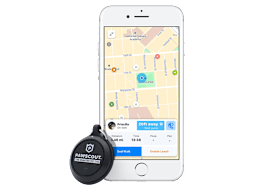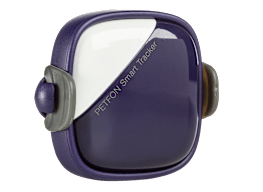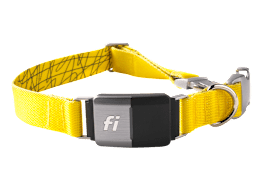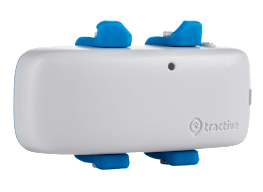Best GPS Pet Trackers
The right pet tracker uses GPS and cellular signals to alert you to where your dog or cat is in real time
When you shop through retailer links on our site, we may earn affiliate commissions. 100% of the fees we collect are used to support our nonprofit mission. Learn more.
Like a huge number of American families, mine got a dog during the pandemic.
Luna, our 45-pound Sheepadoodle, is a delight. But because neither my wife nor I had ever had a dog before, Luna is not especially well-trained. We’re working on that. In the meantime, we decided to look into buying a GPS tracker for pets so she doesn’t run away when we take her to the local park.
- GPS Pet Trackers: Best Overall with a Great App Sturdiest
- Limitations
The CR lab team performed formal evaluations of seven popular pet trackers. For each model, they tested tracking ability, evaluated ease of use (including how easy they are to charge and attach to a dog’s collar), and ease of setup (including installing and connecting the app). To add a layer of real-world insight, I also spent several weeks using the same seven devices to track Luna as she went about her daily routine, including tracking her movements in both default and “lost dog” modes as family members walked her around my neighborhood. While my conclusions largely mirrored those of CR’s test team, I noticed some nuances that might make one of them better suited to you and your pup’s needs.
You can read about our recommended models below, and also check out our full ratings of GPS pet trackers.
























